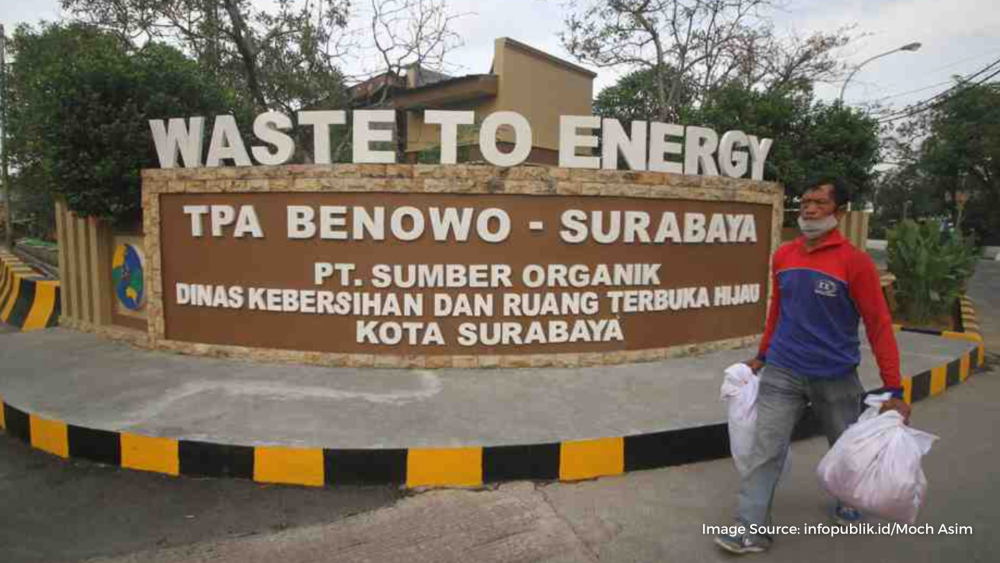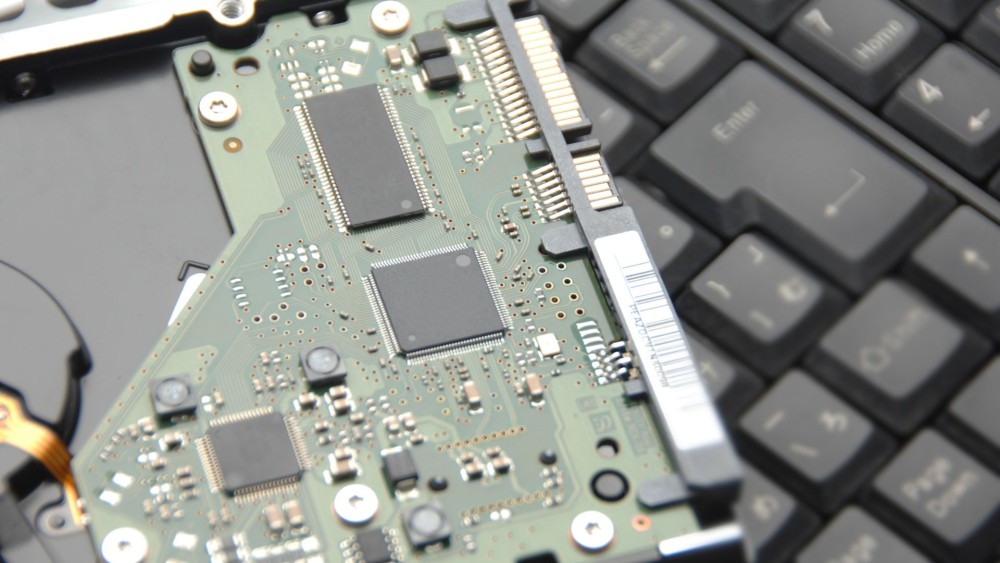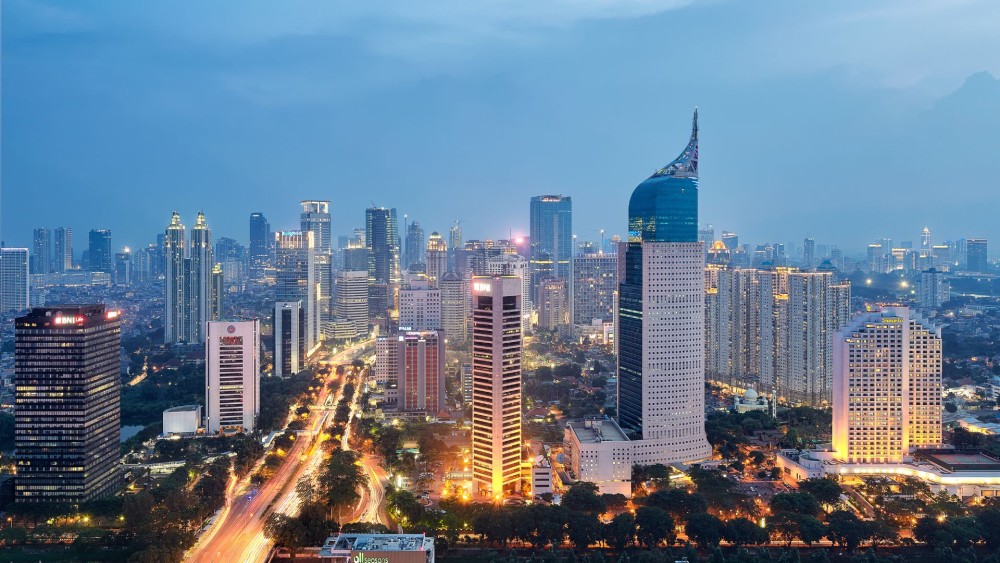PLN, EU to Collaborate for Green Electricity Infrastructure to Support NZE 2060 Target
18 Nov 2025

PT PLN (Persero) is cooperating with the European Union, KfW Development Bank, and PT Sarana Multi Infrastruktur (Persero) or SMI for a large-scale pumped storage hydropower renewable energy project in North Sumatra and East Java.
As part of the collaboration, the European Union and KfW are providing technical assistance through the preparation of feasibility study documents for the Indonesia Sumatra Pumped Storage project in Simalungun, North Sumatra, and the Indonesia Grindulu Pumped Storage project in Pacitan, East Java. Total funding support for project preparation is approximately EUR 6 million.
In addition, PLN, PT SMI, and KfW have signed a head of agreement regarding technical assistance for the development of both projects, marking the strengthening of joint commitment to accelerate renewable energy infrastructure development.
These two projects will play a key role in improving the reliability of the national electricity system while expanding renewable energy capacity in PLN’s grid, in line with the Electricity Supply Business Plan (RUPTL) 2025–2034.
PLN Director of Finance Sinthya Roesly explained that the development of renewable energy projects is a strategic step for PLN in accelerating energy transition. PLN continues to open pathways for sustainable investment with various strategic partners.
“Energy transition requires support from all parties and demands innovative and sustainable financing schemes. Through cooperation with partners such as the European Union, KfW, and PT SMI, PLN can access various technical assistance potentials that allow the company to strengthen its capacity and competence in managing investment portfolios toward a low-carbon economy,” said Sinthya.
Meanwhile, PLN Executive Vice President for Corporate Finance Maya Rani Puspita expressed appreciation for the financing support and technical collaboration from the European Union, KfW, and PT SMI.
“This collaboration is an important step in accelerating the achievement of the Net Zero Emissions target by 2060 or earlier. Pumped storage projects will strengthen the flexibility of the national electricity system while supporting large-scale integration of renewable energy,” said Maya at the Stakeholder Meeting on November 7.
The Indonesia Sumatra Pumped Storage project will utilize Lake Toba as the lower reservoir and construct an upper reservoir using a ring dam system. The project investment is estimated at around USD 582 million.
Meanwhile, the Indonesia Grindulu Pumped Storage project will consist of four units with a total capacity of 1,000 MW and an estimated investment of USD 1.08–1.3 billion. Both projects are part of the Team Europe financing package worth USD 3.4 billion, which focuses on supporting Indonesia’s energy transition agenda.
The European Union’s representative to Indonesia, Jerome Pons, reaffirmed the EU’s commitment to supporting clean energy infrastructure development in Indonesia.
“Through the Global Gateway initiative, the European Union is committed to helping Indonesia develop a modern, resilient, and low-emission power system. Pumped storage is an essential element for balancing renewable energy-based electricity systems,” said Pons.
From the domestic financing perspective, PT SMI Director of Public Financing and Project Development Faris Pranawa stated that this collaboration reflects strong cross-institutional synergy in accelerating Indonesia’s energy transition projects.
“PT SMI is ready to act as a catalyst for green financing to ensure that pumped storage projects can run sustainably. The synergy between PLN, SMI, the European Union, and KfW is a tangible example of global collaboration for Indonesia’s energy future,” said Faris.
This collaboration also follows up on the cooperation agreement signed at COP28 in Dubai in 2023. Its implementation marks a concrete step by PLN and its international partners in realizing a just energy transition, aligned with global commitments to climate change mitigation.
This article is published in partnership with Katadata
Original article here






